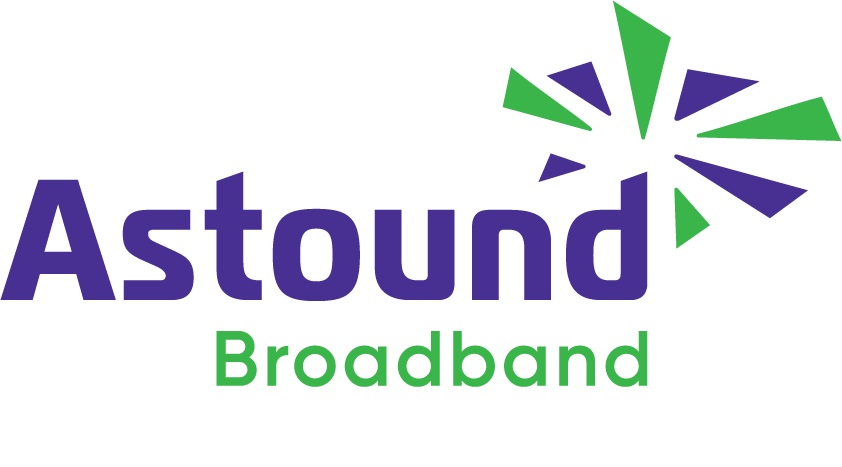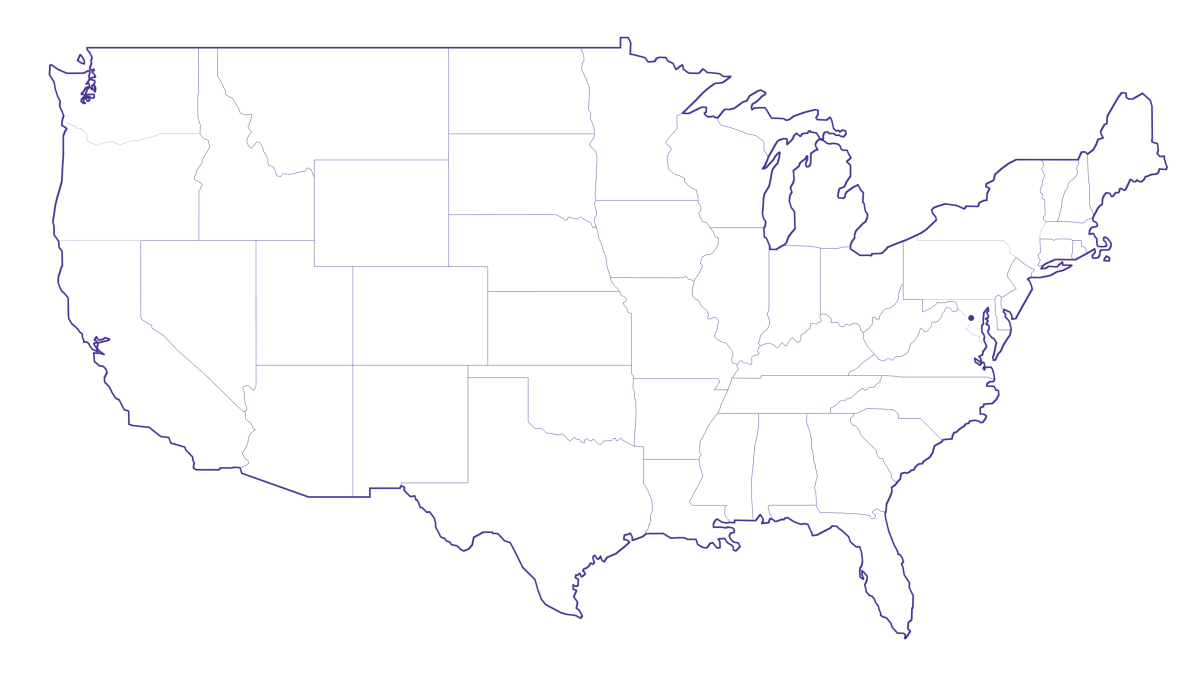Do I need 200 Mbps internet? (and what is it good for?)

To choose the right internet plan for your household, you must know the differences between internet speeds. However, with so many plans available, it can be difficult to know what will be a good internet speed for your household – whether for streaming, video conferencing, gaming or working from home.
In this article, we’ll explain what 200 Mbps internet speed is and how your home network, users and devices might benefit from it.
What is 200 Mbps internet?
200 Mbps is an internet connection that provides an average download speed to a few users. With 200 Mbps internet, one to three users can:
- browse the internet.
- play select games online.
- stream HD video.
- download files.
Your actual speed experience may vary due to network congestion, device performance and the quality of your WiFi connection.
Most people consider download speeds first when figuring out their usage needs. People consume more data when downloading. However, a fast upload speed is essential for sending large amounts of data through file uploads, video conferencing, streaming and online gaming.
200 Mbps vs 300 Mbps
Internet speed, measured in megabits per second (Mbps), determines how quickly data is downloaded or uploaded to and from the internet. Higher speeds mean faster data transfer, which translates to quicker loading times, smoother streaming and more efficient handling of multiple devices and users.
When considering the best internet plan for your needs, you might find yourself comparing speeds like 200 Mbps and 300 Mbps. While both offer high-speed connectivity, opting for 300 Mbps can offer some advantages.
With more bandwidth available to you and your household, theoretically you should be able to experience smoother streaming of 4K content or enjoy lag- and latency-free gaming sessions.
When compared to 200 Mbps, 300 Mbps may also provide faster download and upload times for large files, software updates and cloud backups, which are essential for remote workers and students. Additionally, a 300 Mbps connection may reduce the chances of dropped calls or poor quality video.
However, the real experience of these benefits in your home network depends on the users in your home, their devices and the stress or load that their habits put on your bandwidth. When deciding between 200 Mbps or 300 Mbps, if your home has many connected devices, users and smart devices, you might want to opt for a faster connection, such as 300 Mbps – or even higher.
Switch & save
Astound is the #1 cable ISP
Stream live content, work, surf, game and connect to multiple devices with speeds up to 1500* Mbps through our ultra‑reliable fiber‑powered network.*

Is 200 Mbps fast enough?
200 Mbps is sufficient for moderate use for one to two people using multiple devices. Learn more about how 200 Mbps can handle various online activities, depending on the bandwidth each user and device needs.
For gaming
With 200 Mbps, you’ll be able to access the internet to play games online. Compared to slower speeds like 150 Mbps or 50 Mbps, you’ll experience the following with a 200 Mbps connection:
- the ability to play some multiplayer games on a single device.
- faster downloads for games and game updates on a single device.
If you’re a serious or competitive gamer, check out our higher speeds and dedicated gaming router
Learn more: How to stream full-time as a college student
For streaming
Streaming platforms like Netflix and YouTube recommend a minimum of 3 Mbps and 5 Mbps, respectively. With 200 Mbps, one to two users should be able to:
- access platforms like Netflix or YouTube or Twitch.
- stream some HD videos on different devices.
The quality of your streams will depend on the number of people and devices in your home. If you’re concerned about bandwidth, consider looking into 600 Mbps or Gigabit speeds.
WiFi that just works!
WiFi plans for any home
Tiny, large or somewhere in between; find WiFi coverage to fit any space. Blanket your entire home with a fast and ultra‑reliable connection.
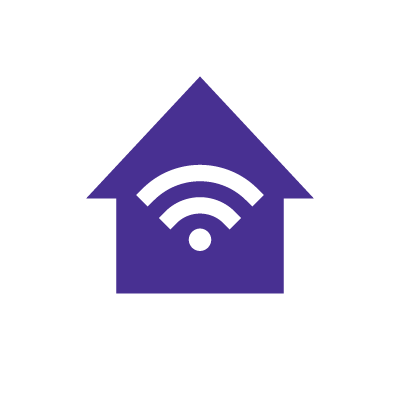
For working from home
A 200 Mbps connection provides speed and bandwidth to do some work from home.
You’ll be able to do the following tasks:
- Attend video calls on Zoom, Google Meet, Slack or Teams
- Manage email and access the web—across multiple users
- Download media files or large documents from cloud services
Remember that your household’s internet habits while working from home may stress your connection. When deciding on an internet speed, determine how many concurrent users, platforms and devices will need to access your network.

Mesh WiFi with eero Secure
Enhanced Whole Home WiFi enables multiple WiFi routers (or eeros®) to work as a team, resulting in improved range, speed and stability of your WiFi network. Plus, with eero Secure now included at no additional cost, it keeps your family safe with parental controls, ad blocking and internet backup so you’re always connected.
For smart devices and IoT devices at home
Most homes have smart devices such as TVs, locks, refrigerators, light bulbs and cameras.
Smart home and IoT devices require a minimum internet speed of 25 Mbps download and 3 Mbps upload. If you don’t exceed your speeds, your smart devices and IoT devices will:
- integrate seamlessly to create a smart environment within the home.
- execute commands and receive real-time updates.
- provide high-resolution security footage.
- improve home-automation as devices share data and respond.
Smart devices, unlike personal devices, are always on and accessing your bandwidth. If you have multiple smart and personal devices connected, consider them when choosing your internet speed. Each additional smart home or IoT device may need up to 10 Mbps. If you’re concerned about bandwidth requirements, take an internet speed test and consider upgrading to a higher speed tier.
For your apartment
Determining whether an internet speed of 200 Mbps is enough for living in an apartment depends on a few factors: the number of individuals in the apartment, their internet habits and the number of devices in total.
200 Mbps could provide enough bandwidth for two people and two devices. Keep in mind if your household engages in extensive online gaming, 4K content streaming or data-intensive tasks, you may want to consider a higher speed.
Learn more: How to set up your internet and WiFi in a new apartment
For a large home
Larger homes typically house more people, each with individual devices. A home may also have connected smart devices. A 200 Mbps internet connection accommodates two people with some online activities. However, smart devices and other unanticipated users—such as visitors or guests—may strain your internet speeds. If so, you may want to consider higher speeds like 600 Mbps or 1500 Mbps.
Internet speed is important for a homeowner, but so are reliability and coverage. If you’re worried about dead zones or an unreliable connection, consider introducing a mesh WiFi router into your home.
Mesh WiFi routers expand home WiFi coverage, reduce signal interference and optimize the performance of your wireless devices. Moreover, mesh WiFi routers are flexible, modular and moveable. If you want more coverage throughout your home, it’s as simple as placing a new device where you want a connection.
Learn more: How to set up your internet in a new home
The FWA technology gap
You deserve better internet
Fixed Wireless Access (FWA) uses radio waves which are impacted by obstacles like buildings and trees, resulting in reduced reliability.
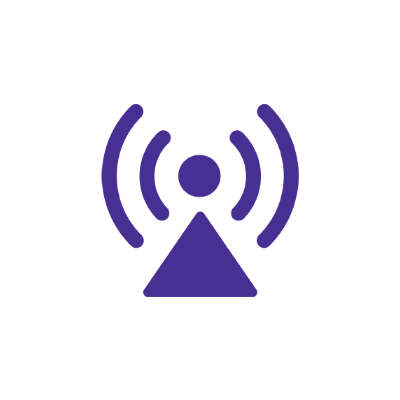
Is 200 Mbps worth it?
200 Mbps is a decent choice for households with less than two people simultaneously accessing the internet. Other connections, such as 300 Mbps, may offer more value to a home that needs to support many users and connected devices.
With a 200 Mbps internet connection, you’ll be able to:
- browse the internet.
- stream HD videos.
- play video games online.
- participate in online learning.
- work from home.
- upload content to social media.
- attach large files to your email.
When should you consider upgrading to a faster internet speed? It may be time to upgrade to a faster internet speed if you experience any of these issues:
- Network congestion
- An increase in users in your household
- An increase in devices in your home
- Frequent buffering
- Long loading times
- Latency or lag while gaming online
- Slow upload or download speeds
- Video connectivity issues when streaming
- Poor video or audio call quality
Before deciding to upgrade, evaluate your internet requirements. It might be a good idea to do regular speed tests to determine whether the current provider delivers their advertised speeds, as well as check your minimum download speed and minimum upload speed.
Also, try optimizing your WiFi to access the highest speeds available. By optimizing your WiFi, you’ll improve your network’s performance, minimize channel interference and rebalance your device load.
Will my devices be capable of receiving 200 Mbps?
Modern devices that meet the latest WiFi standards can handle 200 Mbps. Smartphones allow you to check WiFi speed capabilities within their network settings. To check for yourself, visit the manufacturer’s website or read the manual. Search for “WiFi” or “Network Settings”.
Find your speed
What speed do you need?
Maybe you just need the essentials—or maybe you need to unleash the ultimate internet speed. Explore your options to get the best experience for every device in your home.
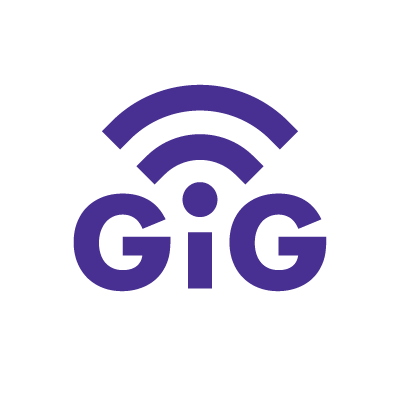
How much speed do I really need?
To determine your internet speed connection needs, ask yourself the following questions to understand your usage patterns:
How many people in my household will use the internet simultaneously?
Consider how many people will be using the internet. Each user adds to the demand for bandwidth.
What are the online access needs for my household?
Identify the primary online activities people in your home typically perform, such as streaming, gaming, video conferencing, browsing and uploading photos and videos to social media.
Which devices will be connected?
Determine the number and types of devices like smartphones, laptops, smart TVs and gaming consoles that will be in use.
Will anyone be working remotely or learning online?
If anyone in your household works from home or takes classes online, consider the bandwidth required for video conferencing, file sharing and any other work-related tasks.
Will anyone stream HD or 4K videos?
If you frequently stream high-quality videos, a faster internet connection is essential to ensure smooth playback without buffering.
- Is gaming a priority for anyone? Gamers may require faster speeds for better gaming performance, with more immediate download and upload speeds and reduced latency.
- Does the house have smart home devices? IoT devices, like smart thermostats or security systems, will impact your accessible bandwidth.
- Are large files frequently downloaded or uploaded? Consider the need for faster download and upload speeds if you work with large files or use cloud services.
- Am I satisfied with my current internet speeds? Identify any pain points or limitations you may have.
- What are my future internet needs? Do you anticipate potential changes in your internet use? Will you be adding more devices or engaging in more data-intensive activities?
- What internet plans are available to me now? Check with local internet service providers to see what plans and speeds are available at your location.
Balance performance, cost and usage to choose the best plan for your household.
200 Mbps internet equipment requirements
You’ll need the following equipment to fully utilize the high-speed capabilities of a 200 Mbps connection:
- Fiber or DOCSIS compatible modem: A fiber or DOCSIS modem is required to convert optical signals from a fiber/COAX line into electrical signals so your router and devices can understand each other. Astound’s installation process includes a modem. But you can supply your own modem if it meets our compatibility requirements.
- A router: A high-quality router supporting high-speed connections is necessary to distribute the internet signal to your wired and wireless devices. Look for a router supporting Ethernet ports and modern WiFi standards like 802.11ac or 802.11ax (WiFi 6).
Build your plan
Your perfect plan is just a click away
Get the speeds, WiFi, mobile and TV plans you need all at an affordable price. Bundle your services with Astound and see how much you can save.

Bottomline: Is 200 Mbps good enough?
Generally, 200 Mbps will offer bandwidth to support a few users who may infrequently engage in concurrent activities such as HD or 4K streaming, online gaming or video conferencing.
For individuals with high internet usage, such as extensive online gamers or households with many people and multiple devices, higher speeds, like 600 Mbps, are recommended.
Frequently asked questions
Does Astound offer 200 Mbps internet plans?
No, Astound offers 50 Mbps and 150 Mbps as part of the Internet First program, or 300 Mbps, 600 Mbps and Gigabit+ speeds.
Is 200 Mbps WiFi good?
200 Mbps WiFi is good for activities such as accessing email and the web, streaming HD videos and playing some games online. However, if your home network becomes congested during peak usage hours with several users and devices competing for bandwidth, you’ll experience a slower connection.
What is the average upload speed for 200 Mbps?
Average upload speeds for 200 Mbps vary by ISP and devices. In select areas, some providers may be able to deliver symmetrical speeds over Ethernet, meaning the upload and download rates are the same. However, upload speeds on WiFi can be slower depending on the device.
*Internet speeds may vary & are not guaranteed. Certain equipment may be required to reach advertised speeds. DOCSIS 3.1 modem with 2.5GE physical LAN port is required for 1 Gigabit speeds and higher. See astound.com/yourspeed for why speeds may vary. To view Astound’s FCC Network Management Disclosure see astound.com/policies-disclaimers. Limited time offer, subject to change without notice. Advertised promotional price valid for duration of the stated promotional period from time of service activation. Regular rates apply after promotional period ends. Equipment not included and is extra. Modem required for Internet service. Enhanced Wi-Fi or Whole Home Wi-Fi (eero) not included and is add’l. Offer includes a monthly discount for enrollment in both automatic payments (autopay) & paperless billing (e-bill). Discount of $10 applies with automated bank account deduction or a discount of $5 applies with automated credit/debit card payment. Valid email address required. Must complete enrollment in autopay and e-bill within 30-days of placing the order. Without enrollment, the discount does not apply. Discount appears on bill within 3 bill cycles after enrolling. If either autopay or e-bill is canceled, services are changed, or the account is not in good standing, then the monthly discount will be discontinued. Offer valid only for new residential Astound customers or previous customers with an account in good standing who have not had Astound service within the last 60 days. Any add’l services, equipment, premium channels & other tiers of service are subject to an add’l charge & regular increases. A one-time activation fee of $14.99 (in addition to any installation fees) will be charged & is subject to change. Add’l fees apply for taxes & surcharges, and are subject to change. WA RESIDENTS: unless otherwise specified, price does not include a 2% Regulatory Administration Fee. For details about taxes, fees & surcharges visit astound.com/fees. No early termination fees apply in the event service is terminated in advance of the promotional end date. Customer is responsible for any accrued service charges in the event service is canceled. Subject to credit check. Not all services & speeds are available in all areas. A multi-product discount may be available to qualifying addresses with a subscription to mobile, TV, and 600 Mbps Internet or higher. Discounts will be reflected in your order cart at time of purchase, if available. Other restrictions may apply. All services are governed by the Astound Customer Terms & Conditions that can be found at astound.com/policies-disclaimers. © 2025 Radiate HoldCo, LLC d/b/a Astound Broadband. All rights reserved.
While we have made every attempt to ensure that the information contained in this site has been obtained from reliable sources, Astound is not responsible for any errors or omissions, or for the results obtained from the use of this information. All information in this site is provided “as is”, with no guarantee of completeness, accuracy, timeliness and without warranty of any kind, express or implied, including, but not limited to warranties of performance, merchantability and fitness for a particular purpose. Certain links in this site connect to other websites maintained by third parties over whom Astound has no control. Astound makes no representations as to the accuracy or any other aspect of information contained in other websites.
eero Plus is available for an additional $9.99/month and requires subscription to whole home WiFi powered by eero.
